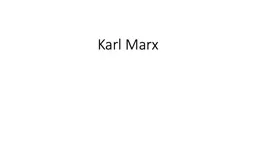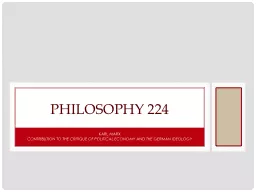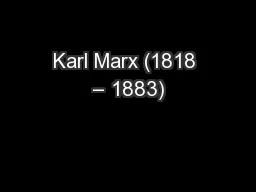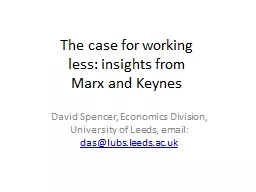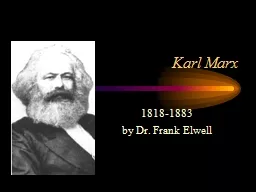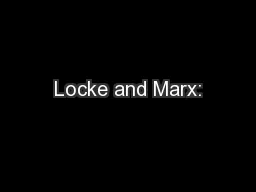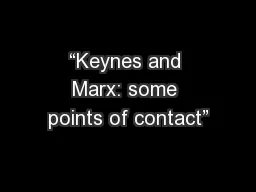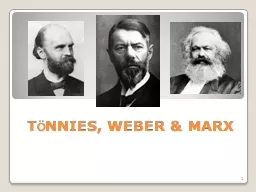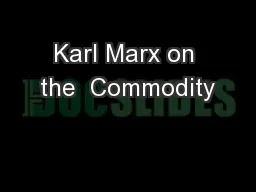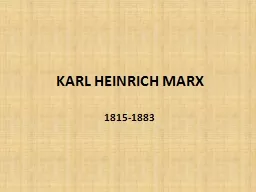PPT-Karl Marx Introduction Karl Marx is one of the greatest economic thinkers.
Author : edolie | Published Date : 2022-06-15
Marxian Economics introduces a new era in economic thought Marx considered capitalism a passing phase He considered economic life in terms of conflicts of intrest
Presentation Embed Code
Download Presentation
Download Presentation The PPT/PDF document "Karl Marx Introduction Karl Marx is one..." is the property of its rightful owner. Permission is granted to download and print the materials on this website for personal, non-commercial use only, and to display it on your personal computer provided you do not modify the materials and that you retain all copyright notices contained in the materials. By downloading content from our website, you accept the terms of this agreement.
Karl Marx Introduction Karl Marx is one of the greatest economic thinkers.: Transcript
Download Rules Of Document
"Karl Marx Introduction Karl Marx is one of the greatest economic thinkers."The content belongs to its owner. You may download and print it for personal use, without modification, and keep all copyright notices. By downloading, you agree to these terms.
Related Documents

